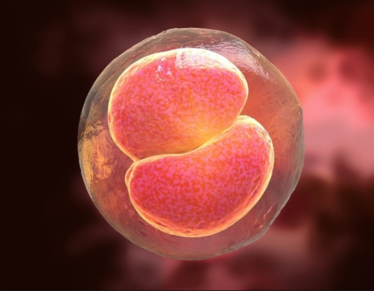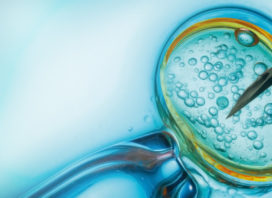BLASTOCYST EMBRYO TRANSFER

Blastocyst Embryo Transfer involves transferring to the womb the embryo after it has reached this advanced stage (day 5 or 6) of development. Embryos can be cultured for up to six days, until they become blastocysts. At this stage, it may be easier to select the best quality embryo(s).
With blastocyst transfer, embryos are cultured in the laboratory incubator to the blastocyst stage before they are transferred to the womb. At this time, one or two of the best quality blastocysts are selected and then implanted into the woman’s womb.
A blastocyst must successfully attach itself to the wall of the womb for a woman to become pregnant.
Blastocyst transfer is being offered as a means of improving chances of pregnancy after single embryo transfer. This is particularly useful for younger women with a good prognosis for pregnancy from IVF. You might be suggested to try blastocyst transfer if you have produced good quality embryos in a previous IVF cycle but they failed to implant in the womb. It is not normally recommended if you produce fewer than normal healthy eggs. As with embryo transfer, due to the risks of a multiple birth, you may want to consider single blastocyst transfer.
The procedure for blastocyst transfer is similar to that for normal embryo transfer, but instead of being implanted into the womb after two or three days, the embryos are allowed to develop for five to six days before transfer.
Risks of Blastocyst Transfer
Not all embryos will develop to produce blastocysts in the laboratory. Embryos can stop developing at the four-cell stage (day two) and progress no further. The embryologist may advise your consultant that in your case it is safer to consider a day two-three embryo transfer than risk having no blastocyst to transfer on day five-six.
As with normal embryo transfer, due to the risks of a multiple birth if more than one blastocyst is transferred, you may want to consider single blastocyst transfer.

















